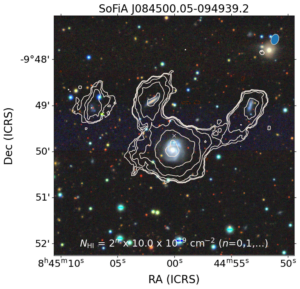
A new study is shaking up what scientists thought they knew about distant objects in the far reaches of the solar system, starting with an object called the space snowman.
Researchers from Brown University and the SETI Institute found that the double-lobed object, which is officially named Kuiper Belt Object 486958 Arrokoth and resembles a snowman, may have ancient ices stored deep within it from when the object first formed billions of years ago. But that’s just the beginning of their findings.
Using a new model they developed to study how comets evolve, the researcher...
Read More








Recent Comments